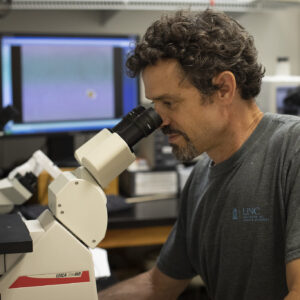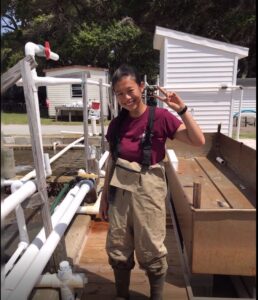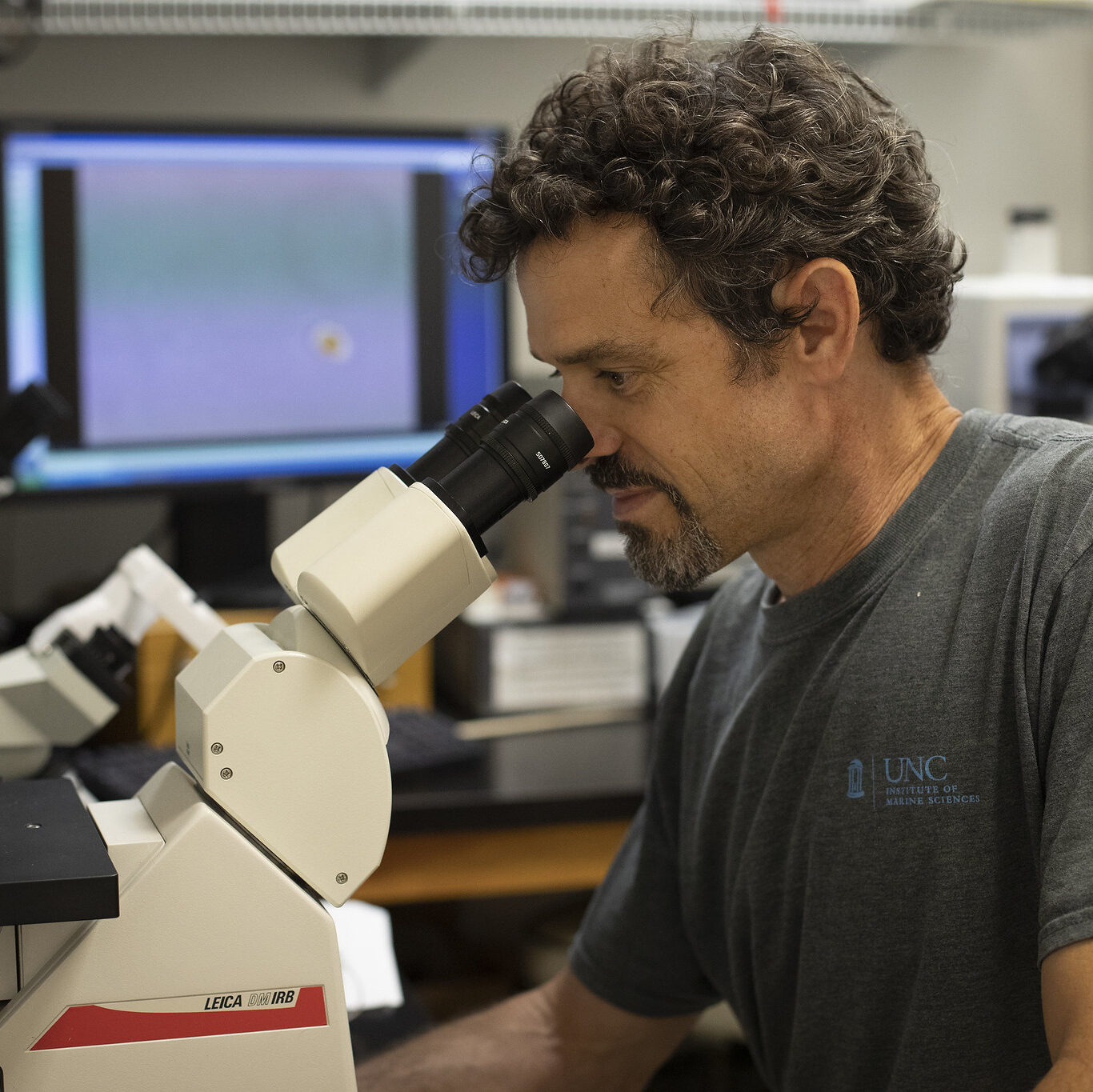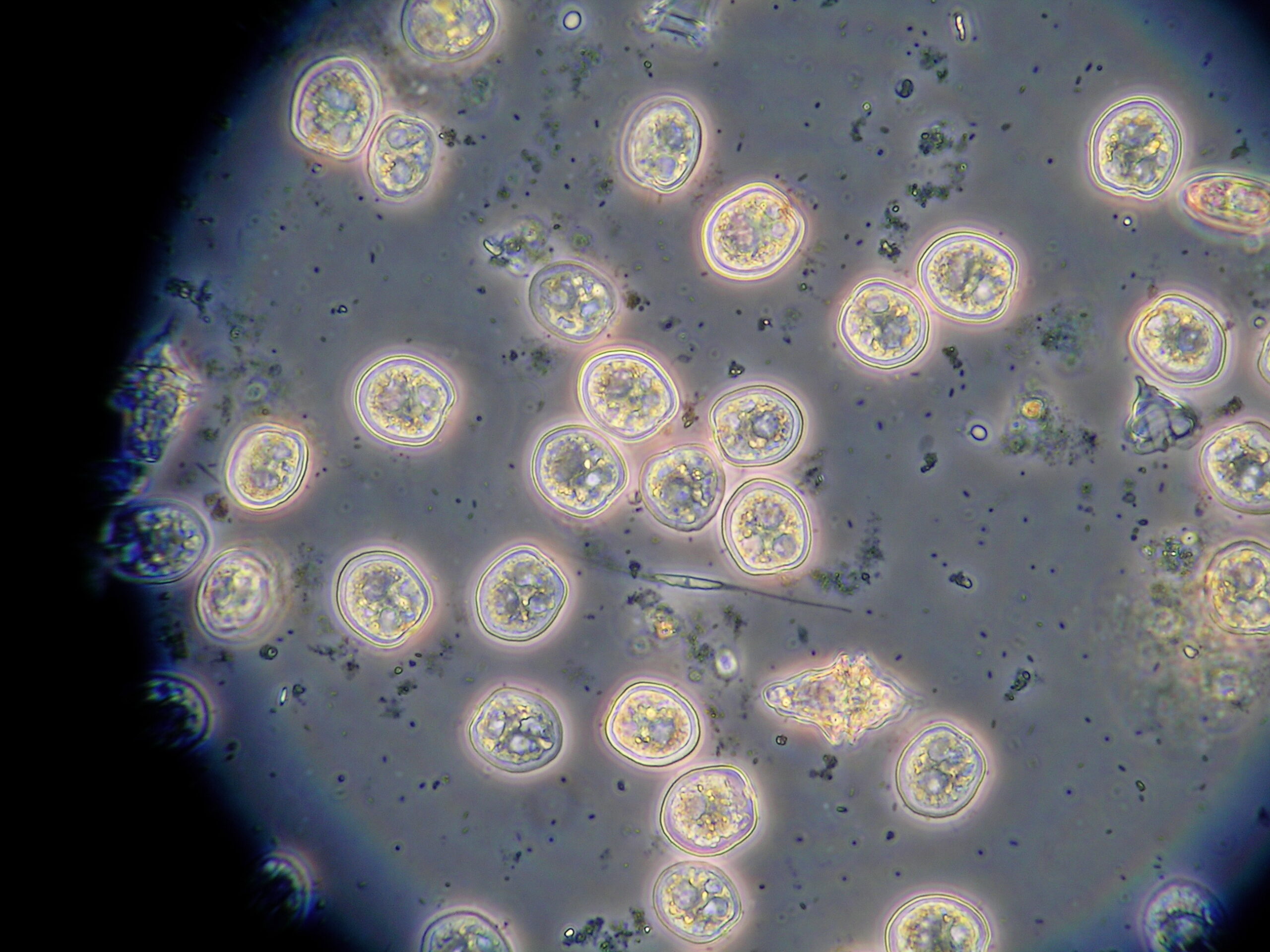
Nathan S. Hall
Research Assistant Professor
UNC Chapel Hill Institute of Marine Sciences
Hall Nathan CV 8Sep2021
My research seeks to understand the top down and bottom up drivers of phytoplankton biomass and community composition in lakes, rivers, and estuaries. I am particularly interested in how natural ecosystem characteristics such as residence time, grazer communities, and vertical mixing regimes interact with nutrient and light availability to affect bloom dynamics, phytoplankton community composition, and water quality conditions. Recent studies have underscored the critical role of interactions between hydrological forcing and nutrient loading in determining phytoplankton biomass and community structure, including toxic harmful algal bloom species. Outside of work, I enjoy fishing, hunting, hiking, and boating; activities that make water quality a very personal matter.

Ph.D. Student Mingying Chuo (EMES)
Harmful algal blooms are a major threat to human and environmental health. My research focuses on the drivers of cyanobacteria blooms. I will do field studies of the physical/chemical river conditions as well as experimental studies designed to determine the limiting nutrient for algal bloom formation.
Toxic cyanobacteria blooms in Albemarle Sound, North Carolina threaten fisheries and human health there. The field work and bioassay experiments will be conducted to determine limiting nutrients for algae growth and target nutrient levels for algae control in Albemarle Sound, which will be the focus of my research in recent years.
Increased knowledge of the drivers of cyanobacteria blooms will provide information for design of bloom prevention strategies that will be globally relevant to improving water quality for drinking, recreation, fishing, and protecting aquatic life.
 Honors Thesis Student, Prisca Lim
Honors Thesis Student, Prisca LimPrisca (E3P class of 2023) is interested in factors that impact the diversity and productivity of marine microalgae. Prisca’s project focuses on the benthic dinoflagellate Gambierdiscus spp. which causes ciguatera fish poisoning, one of the most prevalent and deadly seafood-related illnesses in the world. She’s trying to determine the role that different artificial reef materials may play in promoting Gambierdiscus abundance. She hypothesizes that steel artificial reefs will have greater diversity and abundance of epiphytes including Gambierdiscus because the release of iron from corroding materials can boost microalgae proliferation. To test this, she will conduct a field survey to collect epiphytes from two artificial materials (steel and concrete) and one natural material rocky reef off the coast of North Carolina. She’ll then describe and quantify the epiphyte samples using a combination of microscopy and DNA analysis and compare the Gambierdiscus abundance across the different reef types. Through her project, we may be able to predict which sites are likely to have ciguateric fish and generate advisories against consuming those fish. We will also be able to assess the suitability of different materials as artificial reefs, aiding the design and implementation of future conservation efforts.


 Honors Thesis Student, Prisca Lim
Honors Thesis Student, Prisca Lim
